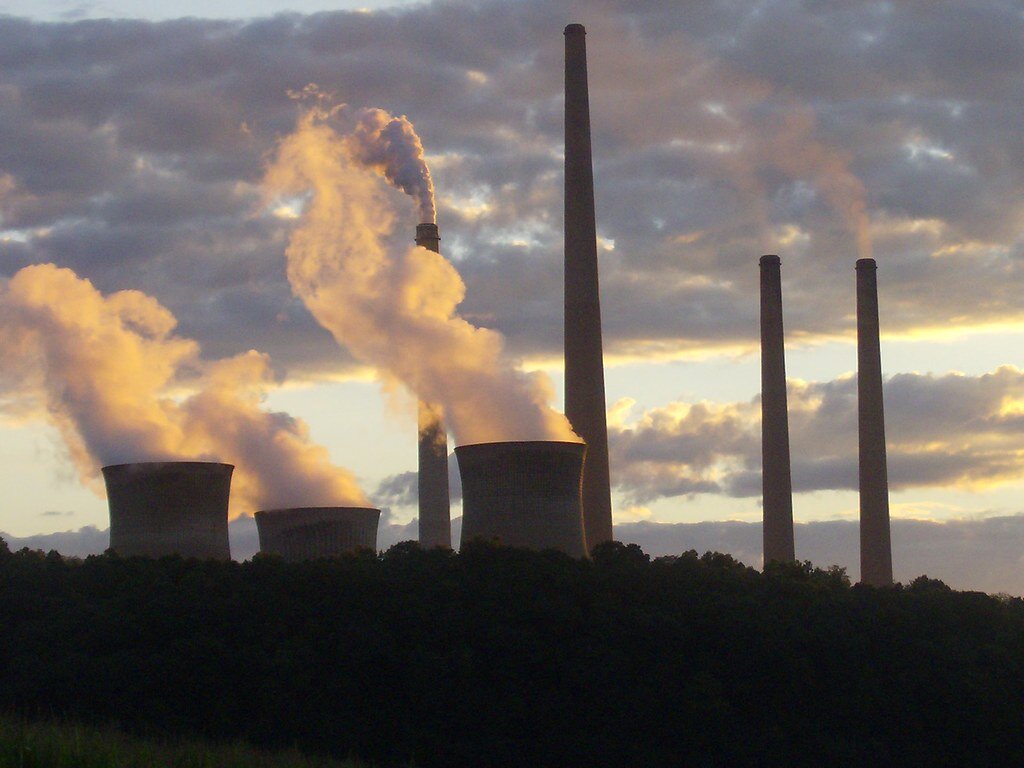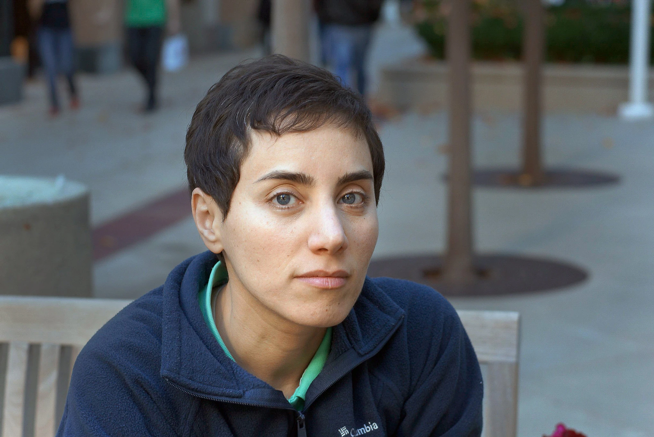Compass Futures: Study Shows Measles Causes Immune System Amnesia
Writing also contributed by Alex Lin, Sarah Webber, and Linh Vu.
RESEARCHERS FIND A NEW CANDIDATE FOR SMALLEST DWARF PLANET
In the solar system, between Mars and Jupiter, there are millions of asteroids, composing the asteroid belt. Using new technology at the Very Large Telescope (VLT) facility at the European Southern Observatory in Germany, astronomers have been able to study the belt much more extensively than they have in the past. In their studies, they have determined that Hygiea, once thought to be an asteroid, could potentially qualify as a dwarf planet.
The international team of astronomers, based in the United States, the Netherlands, France, and Germany, were able to study Hygiea using the Spectro-Polarimetric High-contrast Exoplanet REsearch (SPHERE) instrument. SPHERE is a coronagraphic, spectroscopic, and polarimetric imaging system used to visualize objects of the solar system. One of the lead researchers, Pierre Vernazza, from the Laboratoire d'Astrophysique de Marseille in France, explained, “Thanks to the VLT and the new generation adaptive-optics instrument SPHERE, we are now imaging main belt asteroids with unprecedented resolution, closing the gap between Earth-based and interplanetary mission observations.”
Photograph from Nature Research
For planethood, there are three requirements—the object must have enough gravity to be spherical, the object must attract dust and smaller objects into its orbit, and the object must orbit the sun. To be considered a dwarf planet, an object must meet two of the three requirements. From the imaging of SPHERE, researchers saw that Hygiea was rather spherical, satisfying one of the requirements. This was surprising to them since Hygiea is part of one of the largest asteroid families in the belt, which was thought to have been created due to a large impact, which would have left large craters and basins in the surface of Hygiea. The researchers saw no craters and a very round surface, instead. The other requirement that Hygiea meets is that it orbits the sun, being that it is part of the asteroid belt in the solar system.
Hygiea, which is the fourth largest object in the asteroid belt after Ceres, Vesta, and Pallas, would be the smallest dwarf planet if its reclassification is approved by the International Astronomical Union. Ceres, which was previously thought to be the only dwarf planet in the asteroid belt, has a diameter of 950 km. Meanwhile, Hygiea has a much smaller diameter of 430 km. To compare, Pluto has a diameter of 2400 km.
SCIENTISTS DEVELOP A NEW WAY TO CAPTURE CARBON DIOXIDE FROM THE AIR
A pair of researchers from MIT have developed a new method to capture carbon dioxide in the atmosphere, and this technology could be effectively applied to combat the growing threats of climate change. Postdoc Shag Voskian and Professor T. Allan Hatton published their work in the journal Energy and Environmental Science on October 25. Their technique involves passing air through thin sheets coated with polyanthraquinone electrodes, which have a natural affinity for carbon dioxide when the battery is charging. Later, when the battery discharges, the effect of the electrodes is reversed and the battery in turn releases 100 percent CO2 gas. "The greatest advantage of this technology over most other carbon capture or carbon absorbing technologies is the binary nature of the adsorbent's affinity to carbon dioxide," Voskian says.
Essentially, while existing techniques struggle to capture carbon that exists in low concentrations in the air, the battery’s affinity to CO2 facilitates capture at 400 parts per million––the atmospheric concentration––at room temperature and standard pressure. Furthermore, this innovation can release carbon dioxide into any carrier stream, which allows the reuse of this captured compound in industrial settings.
This technique requires about one gigajoule of energy to capture one ton of carbon dioxide. By comparison, alternative technologies demand one to ten gigajoules of energy per ton of capture. The scientists believe that they can mass-produce the battery like rolls of industrial paper for commercial use. For example, by placing two sets of these products next to power plant exhausts, each battery can alternate between charging and discharging to continuously capture carbon dioxide and inject the compound underground. Furthermore, soft-drink bottling plants can use this technology to carbonate their drinks, and greenhouses can rely on this product rather than burning fossil fuels to provide their plants with carbon dioxide.
BREAKTHROUGH PRIZE IN MATHEMATICS NAMED AFTER THE LATE MARYAM MIZAKHANI, A FEMALE IRANIAN MATHEMATICIAN
The Breakthrough Prize Foundation, created by a group of prominent tech executives including Anne Wojcicki and Mark Zuckerberg, recently announced the Maryam Mirzakhani New Frontiers Prize for Women Mathematicians in honor of the late Iranian mathematician.
Maryam Mirzakhani was born in Teheran, Iran, showing early promise in mathematics early in her childhood. She went on to become the first woman to compete on the Iranian math Olympiad team and the first to achieve a perfect score, winning a gold medal at the International Math Olympiad in Hong Kong. After completing her studies in Iran, she came to Harvard University to complete a PhD in mathematics, taking all of her notes in Persian. She then taught at Princeton University and soon became a full-time professor at Stanford University at the age of 31 — one of the youngest ever in the university’s history.
Maryam Mirzakhani soon became the first woman to receive the Field’s Medal in Mathematics for her work on Riemann geometry and space moduli, a highly complex and abstract area of mathematics that tries to understand the geometry of spheres, doughnuts and other curved, three-dimensional shapes. The most prestigious honor in the field of mathematics, the Field’s Medal is often compared to the Nobel Prize, with the caveat that this award is awarded to mathematicians under the age of 40 to predict future mathematical triumphs. Before her, all 52 recipients of the Field’s Medal had been men. Mirzakhani was also the only Iranian to ever win the award.
This new prize awards $50,000 to early-career women in mathematics who are no more than two years out from receiving their doctoral degrees. This first year of the prize, two women received the award: PhD student Hannah Larson, who studies studies intersection theory and its power to describe geometric objects, and PhD student Isabel Vogt, who studies algebraic geometry and number theory.
Mirzakhani unfortunately passed away in 2017 from metastatic breast cancer at age 40. Richard Taylor, the chair of the Selection Committee for Mathematics, hopes that this award will both pay “tribute to the beautiful intellect of Dr. Mirzakhani” and “eternalize the memory of a famed female mathematician.” President Hassan Rouhani of Iran released a statement expressing “great grief and sorrow.”
SCIENTISTS AT HARVARD FOUND A WAY TO ADD TEXTURE TO LAB-GROWN MEAT
Lab-grown meat, also known as cultured meat, has recently made the news for its low cost as a cell-based product, as well as for its ability to recreate the authentic texture and flavour of real meat. New technological developments have allowed thousands of start-ups to begin bringing cultured meat from labs to the factory floor, with the aim of reaching the shelves as early as 2022.
A group of Harvard scientists recently discovered how growing the muscle cells of cows and rabbits on a gelatin scaffold could add increasingly complex texture, taste and nutritional profiles. The researchers dissolve gelatin powder in water and spin the resulting solution like cotton candy. Rotating the gelatinous slurry at high speeds allows fibers to form at the bottom of the spinner. Using enzymes, the researchers then cross-link the fibers to form a strong, woven structure for cells to grow on. Rabbit and cow cells can then grow onto the gelatin scaffold until they form about a square inch of muscle.
The researchers conducted a wide variety of food analysis, including cooking the meat on a hot plate and compressing it as if the meat is being cut. Their lab-grown meat was found to have the springiness of a hamburger and a beef tenderloin.
The Wall Street Journal reported on new technology that could grow all types of cultured meat, including “exotic meat” such as lab-grown kangaroo meat. This could create opportunities for exotic culinary tasting without harming endangered species. VOW Foods, a Sydney-based startup, created a steamed dumpling with green onion, cilantro, ginger, and lab-grown kangaroo meat, and is now waiting for local regulatory approval.
While the future of cultured meat looks bright ahead, there are several obstacles regarding mass production. Producers need to maximize the media that cells grow in and and arrange large bioreactor facilities to culture enormous volumes of cells at a pace that matches customer demand. Legal challenges are also likely hurdles as companies will need to win regulatory approvals to serve or sell cultured meat to the masses.
STUDY SHOWS MEASLES CAUSES IMMUNE SYSTEM AMNESIA
A study conducted in the Netherlands revealed that measles infections can compromise the immune system and erase acquired immunity to previously contracted diseases. Geneticists from Harvard and Princeton Universities worked alongside the Wellcome Sanger Institute in Hinxton, U.K., to measure antibodies in unvaccinated Dutch children using blood testing.
The researchers were able to study the children after a 2013 measles outbreak ravaged the Netherlands. They drew blood samples before and after the children became infected with measles and then conducted measurements of the antibodies found in those samples. Prior to contracting measles, the children were healthy and possessed antibodies against many common pathogens. After recovering from measles, however, researchers found that the children lost from 11 to 73 percent of their antibodies on average, resulting in increased susceptibility to common sicknesses.
The ability of measles to induce immune system amnesia is linked to the measles virus’ direct attack on immune cells, which it infects. The infection results in immune cells losing the stored memory of earlier illnesses as well as the antibodies previously used to stave off those illnesses. Measles can also affect the body’s ability to produce memory-storing immune cells, called B cells.
Although the body can regain its immunity, it can take two to three years for immune suppression to abate, making additional sickness much more likely. This is a likely contributor to the high incidence of disease after a measles outbreak. "The threat measles poses to people is much greater than we previously imagined," geneticist Stephen Elledge said. "We now understand the mechanism is a prolonged danger due to erasure of the immune memory, demonstrating that the measles vaccine is of even greater benefit than we knew."
Despite the widespread availability of a measles vaccine, around 110,000 people die yearly of the disease, many of them children under the age of five. Measles vaccination rates, however, have been steadily rising over the past few years, and stand strong at 85 percent of children worldwide. The WHO, however, cautions against optimism, especially given the rise of the antivax movement in first-world countries. “Without sustained attention, hard fought gains can easily be lost,” the organization said, urging children and adults alike to get the vaccine.





